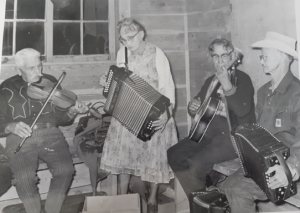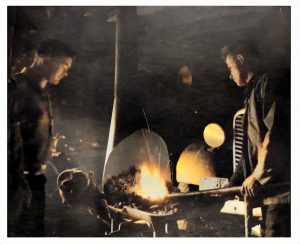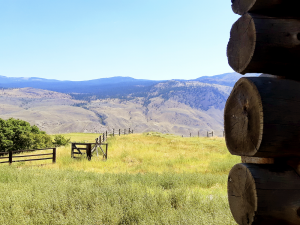Intertwined legacies
Until most of BC’s small ranches were bought out and transformed into huge businesses, independent families worked their land and raised their stock. Francophones were among the original ranchers, and Indigenous women and men became their life partners and hired hands.
Though the French language did not long survive in most of these culturally-mixed unions, French names persisted on the landscape and in local lore. Some among them understated their mixed ancestry for a few generations, but later embraced their Indigenous heritage in a changing world.
Some of these families stood out as they brought in their new livestock breeds and plant cultivars, while some descendants seized other opportunities in which to thrive. We now see their descendants around the world, some having lived exciting lives, while some are never so happy as when peacefully sitting on the porch of their ranch house.
The old saddles and rodeo buckles, war medals, heirloom gold nuggets and family albums remain treasured possessions, alongside valued souvenirs that crossed an ocean generations ago. Indigenous cultural objects are also proudly preserved as the legacy of elders.
The Boucherie, Guichon, Versepuech, Gaspard, Isnardy, Lequime, Minaberriet, Pigeon and Patenaude families sometimes appear only in the first pages of local histories, but they, along with their First Nations family members, allowed for the following chapters to be written.




